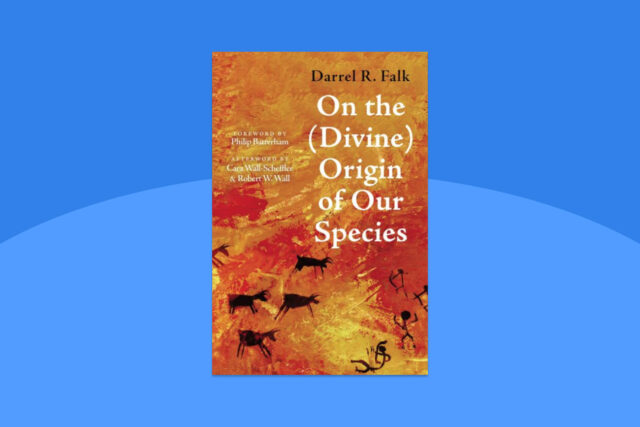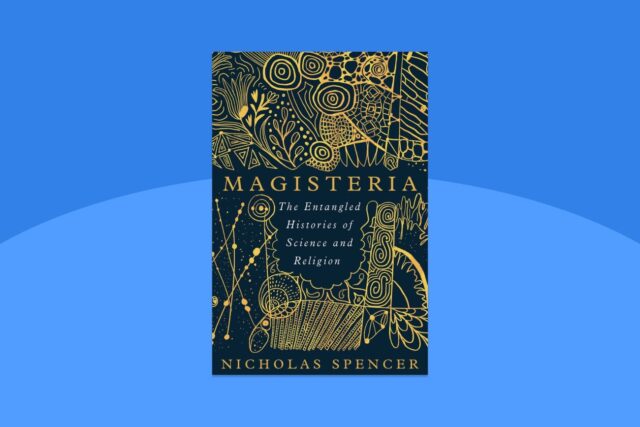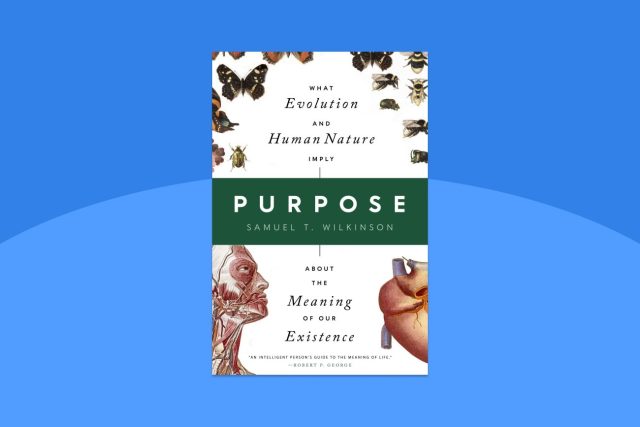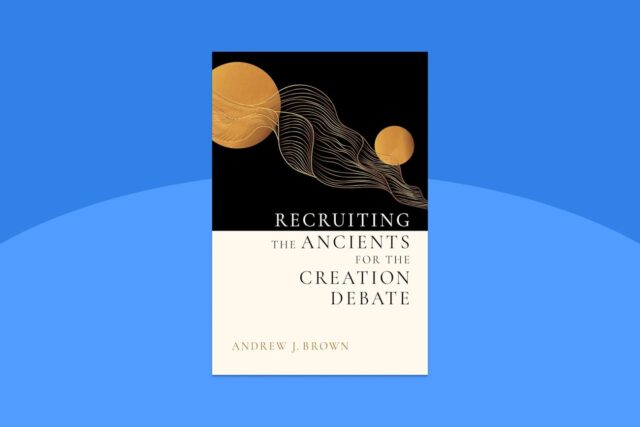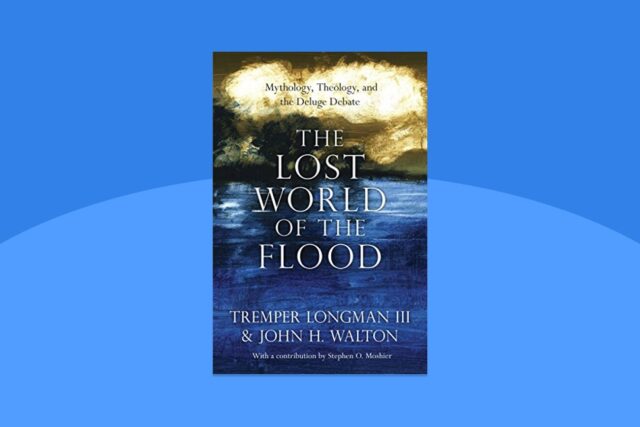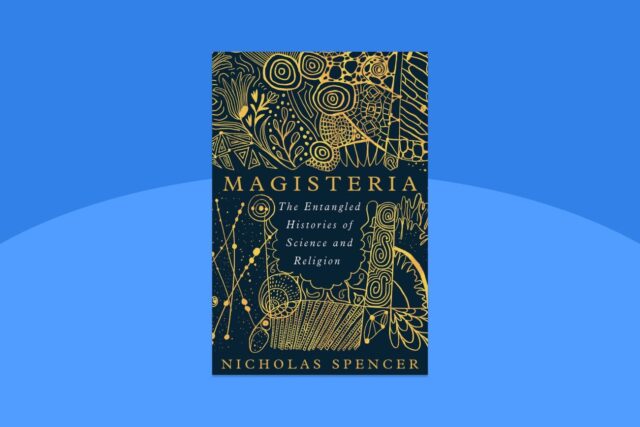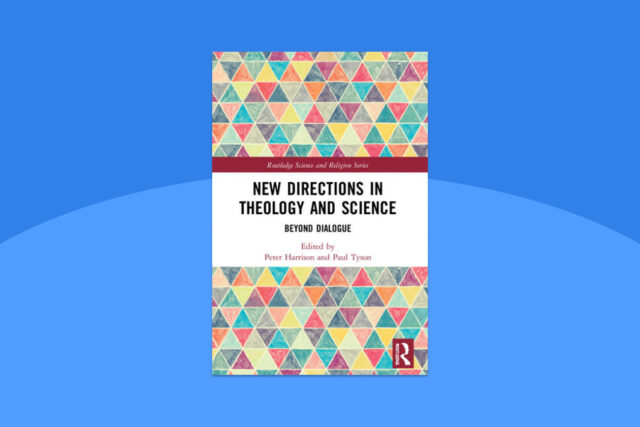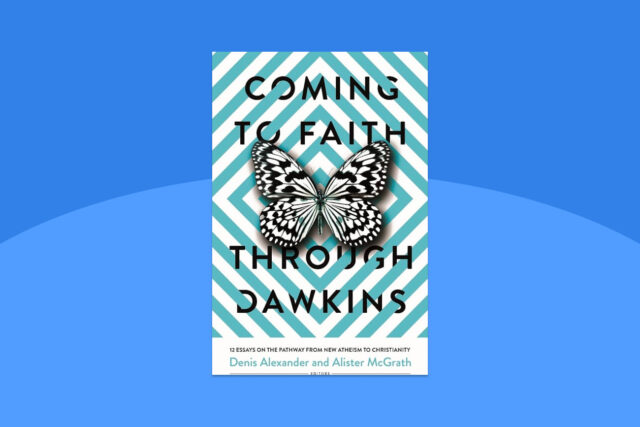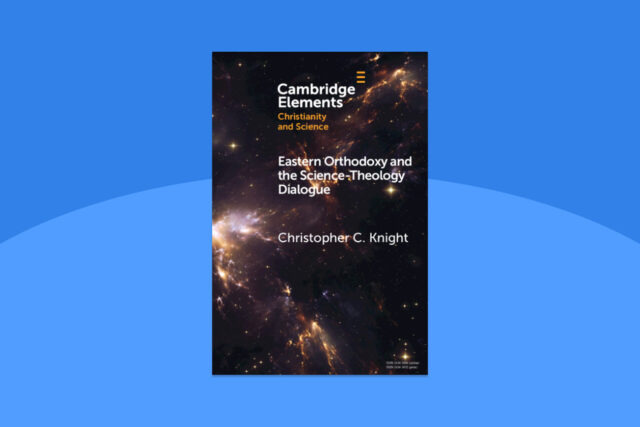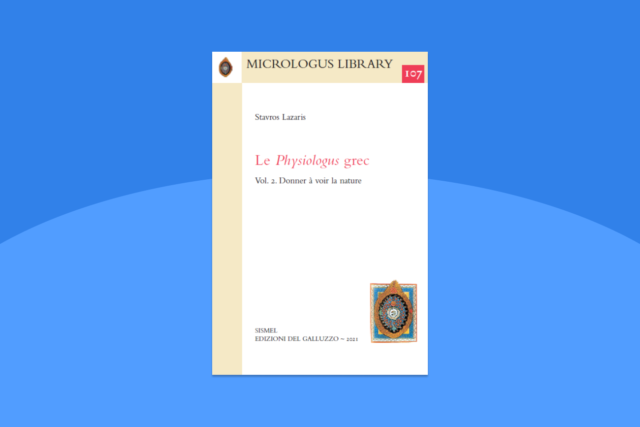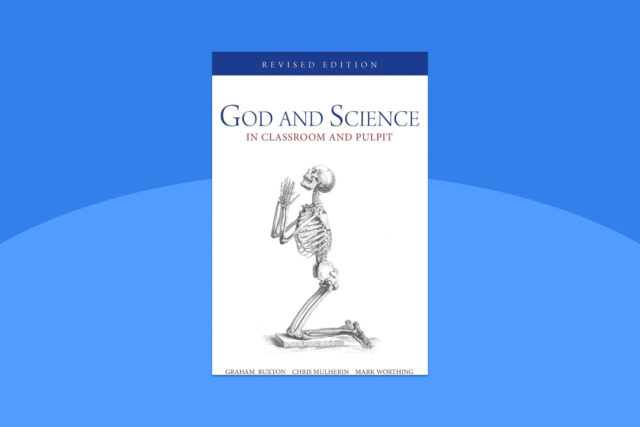
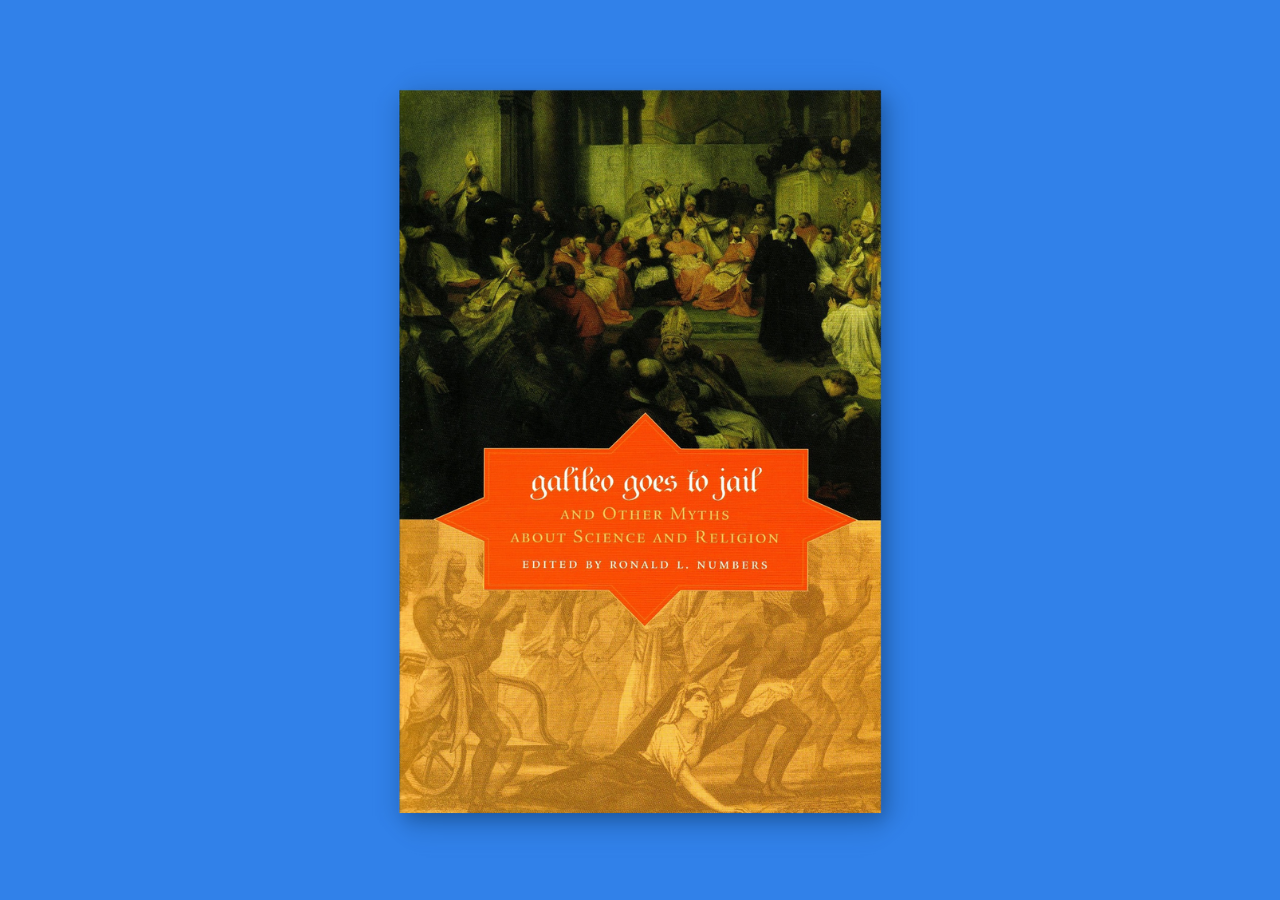
Reviewed by Robert Brennan, 2022
Galileo Goes to Jail: And Other Myths about Science and Religion
by Ronald L. Numbers (ed.)
Cambridge: Harvard University Press, 2010
ISBN-13: 978-0674057418, 298 pages, 1st edition, paperback
AUD$31.73
In Galileo Goes to Jail, Numbers includes essays from the breadth of scholarship in the history of science and religion. This book is one that no one with an interest in science and religion should go past.
The book consists of 25 essays about various myths contributing to widespread misunderstanding of the relationship between theology and science. Numbers’ six-page introduction is one of the best brief summaries of the field I have ever read. Everyone should read it.
Normally a collection of essays will have uneven scholarship. This is not the case with this book. Each essay is well written by an expert on that aspect of the field. The contributors include David Lindberg, Margret Osler, Lawrence Principe, Peter Harrison, Nicolaas Rupke, James Moore, Michael Ruse, and John Hedley Brooke. Anyone reading in the field should read more by all these contributors. Galileo Goes to Jail is a great introduction to the breadth of scholarship in science and religion.
A very broad selection of myths are deflated. Examples include that: Christianity was responsible for the demise of science; the medieval church taught the earth was flat and prevented human dissection; Galileo was imprisoned and tortured by the Inquisition; Newton’s cosmology eliminated the need for God; Darwin reconverted on his death bed; and creationism is uniquely American.
While there may well be other myths about science and religion that could be exposed, Galileo Goes to Jail contains a comprehensive list. I found that I still held several of the myths torn down in the book.
Each case is well argued. In some cases, like the titular “Galileo Goes to Jail,” there exist detailed correspondence and court records. It simply was not possible in Galileo’s time in Rome for the 69 year old to have been removed from luxurious ambassadorial apartments to a dank cell in a torture chamber and then be well enough to receive sentencing in the well documented few days he was in the Inquisition’s hands.
At the other extreme there is very little detail available for the Huxley Wilberforce debate. What exists from eyewitnesses either paint it as not decisive or to reflect the observer’s prejudices. Nonetheless the myth that this was a major win for the evolutionary Huxley developed soon after the debate.
Another strength of the book is that it is nonpartisan. The contributors include Christians, Muslims, a Jew, atheists and agnostics. The common motivation is a commitment to understanding the truth.
I cannot commend this book highly enough.

